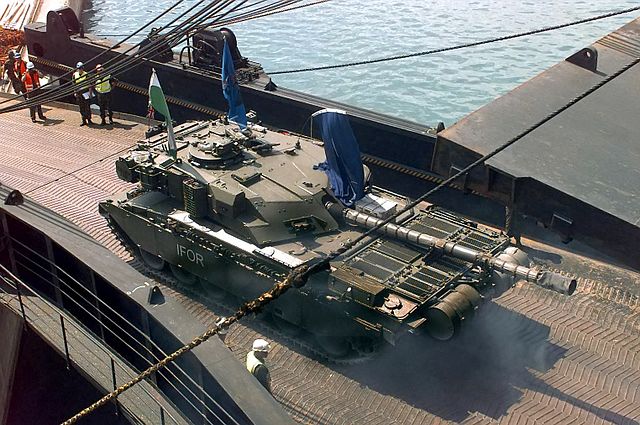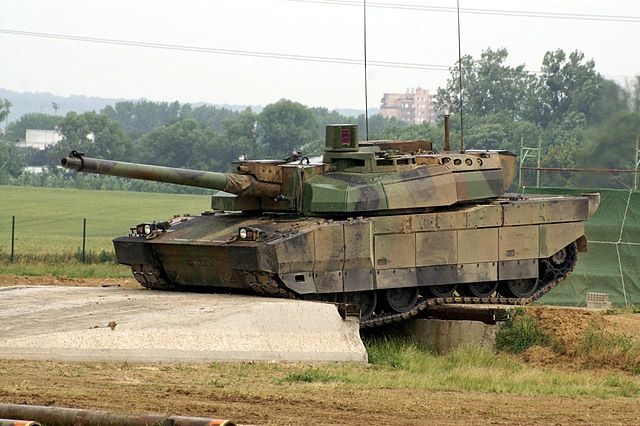Chobham armour is the informal name of a composite armour developed in the 1960s at the Military Vehicles and Engineering Establishment, a British tank research centre on Chobham Lane in Chertsey. The name has since become the common generic term for composite ceramic vehicle armour. Other names informally given to Chobham armour include Burlington and Dorchester. Special armour is a broader informal term referring to any armour arrangement comprising sandwich reactive plates, including Chobham armour.
An American XM1 Abrams of the pre-series, the first main battle tank type to be protected by Chobham armour
The British Army's Challenger 1 was the second main battle tank to use Chobham armour
British Army Challenger 2
The most recent US Army M1 Abrams
Composite armour is a type of vehicle armour consisting of layers of different materials such as metals, plastics, ceramics or air. Most composite armours are lighter than their all-metal equivalent, but instead occupy a larger volume for the same resistance to penetration. It is possible to design composite armour stronger, lighter and less voluminous than traditional armour, but the cost is often prohibitively high, restricting its use to especially vulnerable parts of a vehicle. Its primary purpose is to help defeat high-explosive anti-tank (HEAT) projectiles.
The Soviet T-64 was the first mass-produced tank with composite armour
The Leclerc tank is equipped with NERA (Non-explosive reactive armour)
Plasan SandCat light (5t) military vehicle featuring integrated composite armoured body
The British Army's Challenger 2 main battle tank uses Chobham armour.







